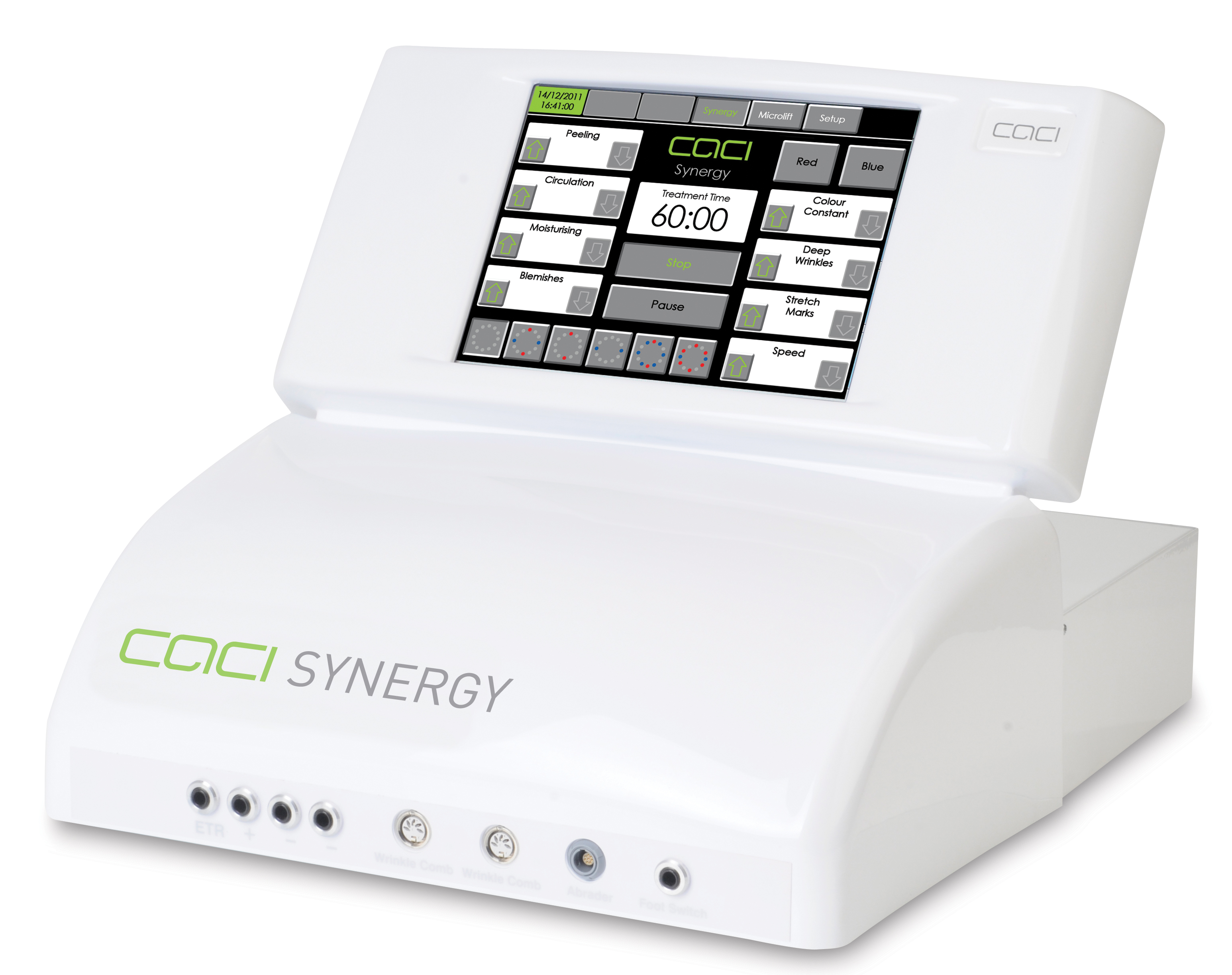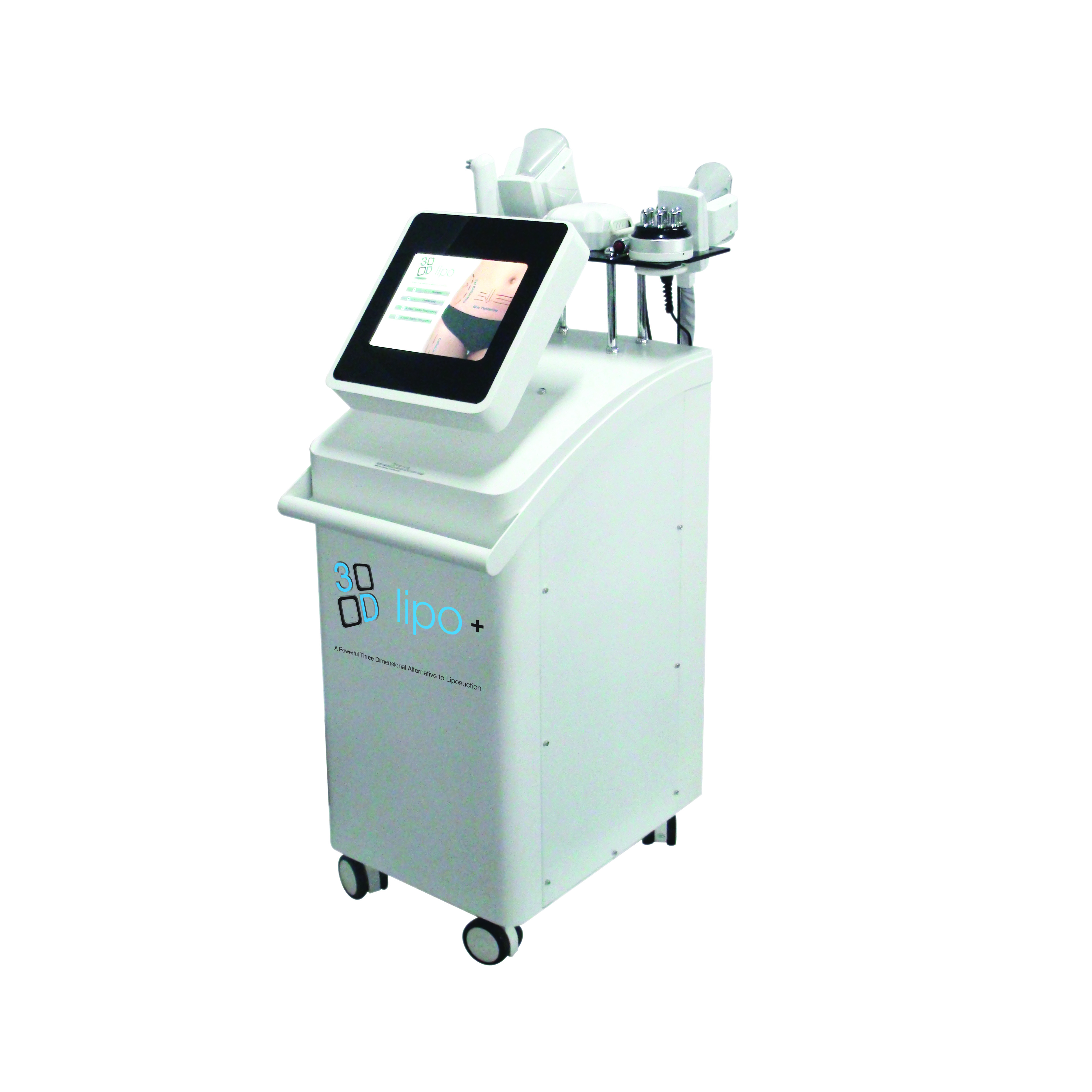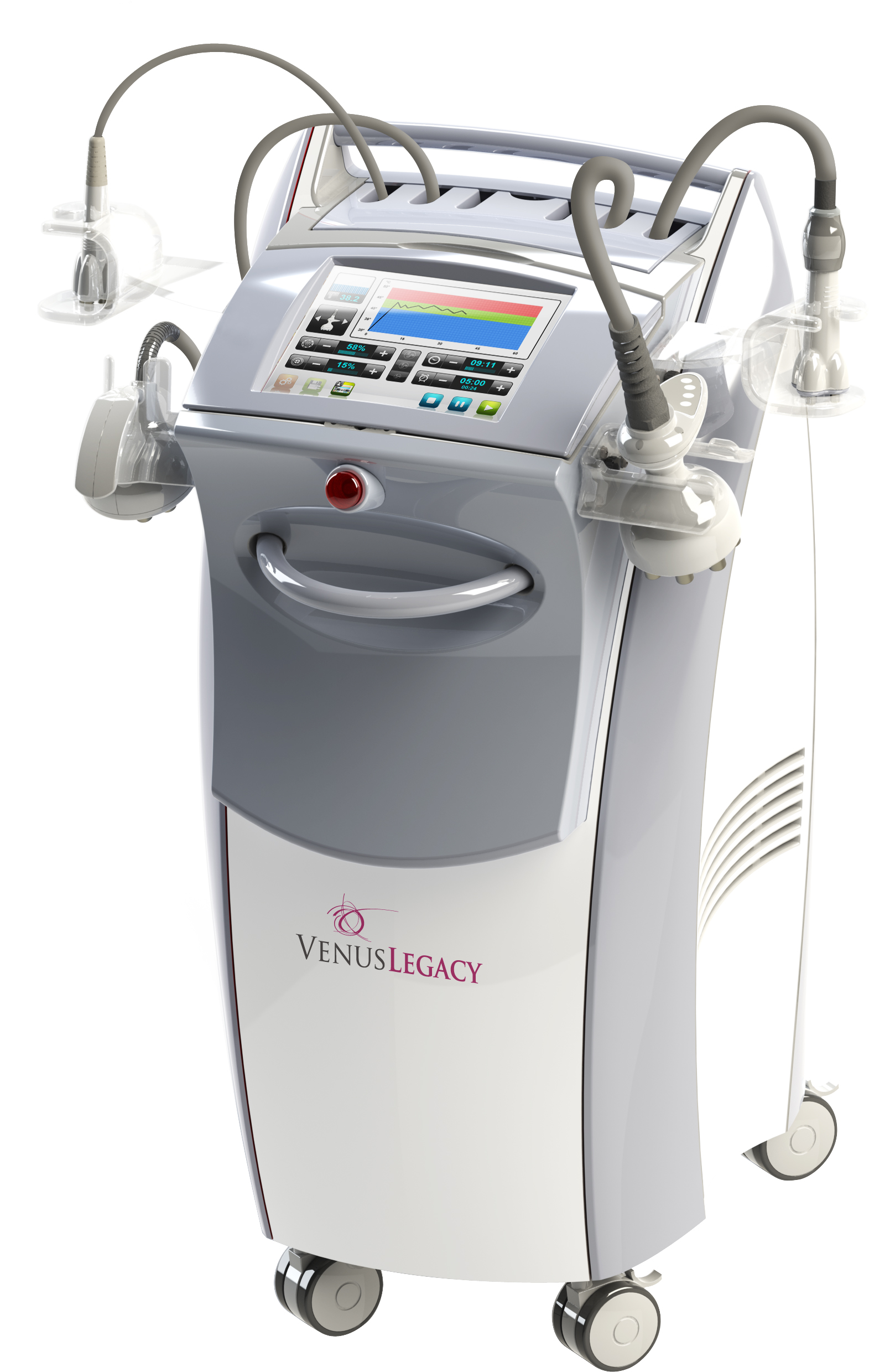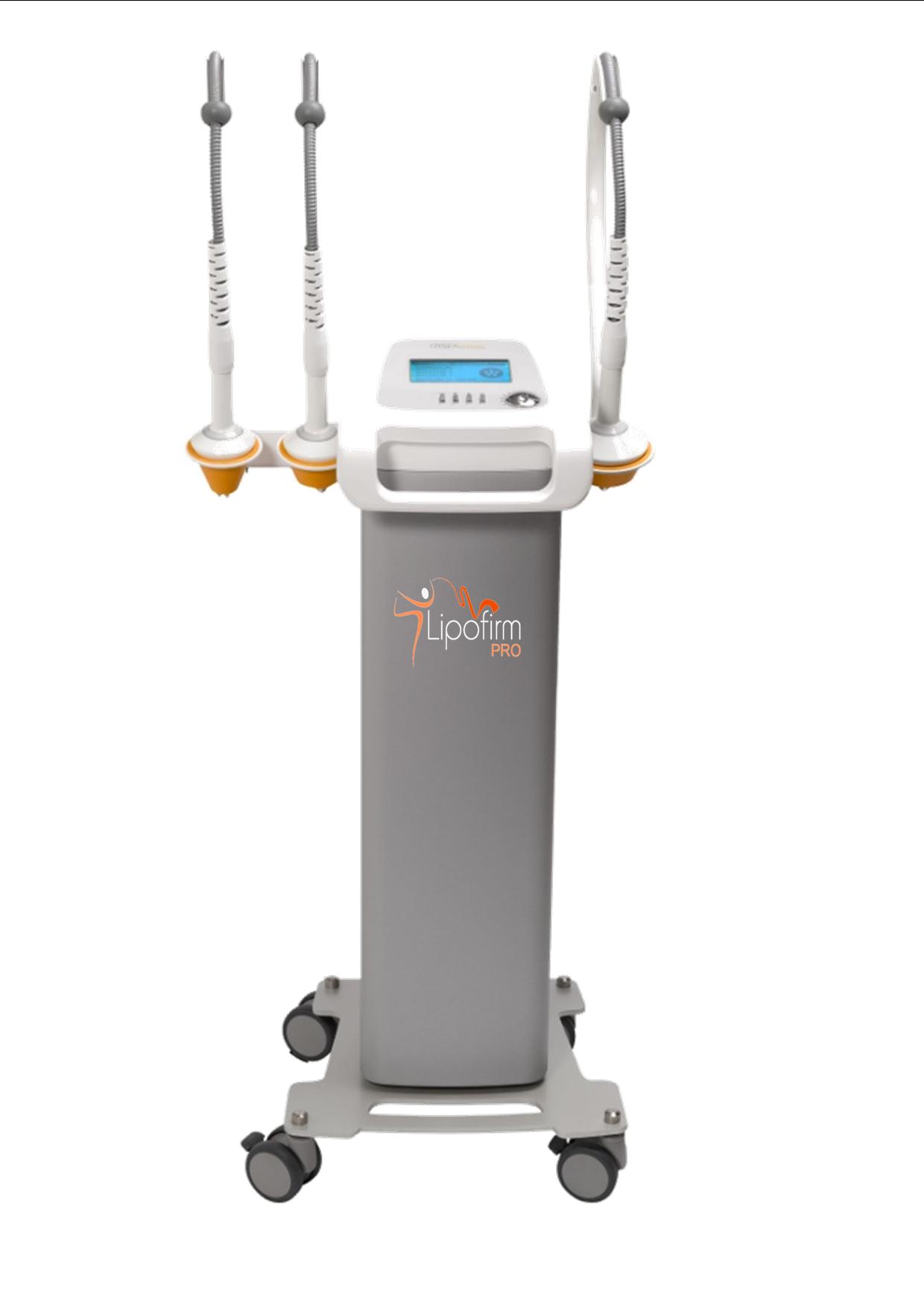Questions to ask before investing in a machine
Purchasing your first major piece of kit is a big deal. We ask experienced salon owners what questions they ask before buying a body treatment machine.
If you’re one of the salon or spa owners yet to invest in a machine to allow you to perform fat-reduction and body-contouring treatments, taking on some technology could give a much-needed boost to both your treatment menu and your takings. But it can be understandably nerve-wracking to invest such a large amount of money when overwhelmed with different brands, platforms and prices. We asked four beauty business owners for their top tips to help make the decision process a little easier.
Tip one: choose a company you can trust It may be tempting to opt for a device from overseas at a cheaper cost, but consider the problems that could occur in the long run. Going with an established manufacturer whose machines have been in use in the UK for a while is a much wiser choice, even if the initial financial investment is higher. “With a manufacturer that’s been in the market for a couple of years you can get reliable testimonials from clients,” says Nara Simonyan, who runs Nara Health & Beauty Clinic in Chelsea, London. “It shows that the company is really delivering what they’re promising.” Simonyan uses Caci systems for body-contouring and lymphatic-drainage treatments. “Clients have been having Caci treatments for over 15 years and they’re really satisfied,” she adds.
It may be tempting to opt for a device from overseas at a cheaper cost, but consider the problems that could occur in the long run. Going with an established manufacturer whose machines have been in use in the UK for a while is a much wiser choice, even if the initial financial investment is higher. “With a manufacturer that’s been in the market for a couple of years you can get reliable testimonials from clients,” says Nara Simonyan, who runs Nara Health & Beauty Clinic in Chelsea, London. “It shows that the company is really delivering what they’re promising.” Simonyan uses Caci systems for body-contouring and lymphatic-drainage treatments. “Clients have been having Caci treatments for over 15 years and they’re really satisfied,” she adds.
It’s difficult to know if and how a new machine from an unknown or overseas manufacturer will work. “You shouldn’t ever trial new devices on clients – it’s not fair and they are paying for that treatment,” says Simonyan. Established manufacturers or distributors often reward loyal custom with upgrading schemes when they release a new device or technology, and provide thorough training and support. “That’s what I like about Caci – you can return the current machine and upgrade to the new one. They’re really flexible like that,” she says.
Training is of course crucial, and something that can be harder to get if the manufacturer doesn’t have UK-based support. Caci provides weeklong intensive training, while “some other brands just come to the salon for a couple of hours, show you how it works and that’s it,” says Simonyan. It’s also important to find out what technical support you will receive with your machine should it need fixing or replacing, so be sure to examine the warranty and ask any questions before investing. Ideally, the company will quickly send an engineer to fix a small problem or collect the machine and give you a replacement while yours is being repaired. Find out the cost of parts if something should need replacing once the warranty has expired so you don’t encounter any nasty surprises down the line.
For more information call Caci on 020 8731 5678
Tip two: marketing is key Many of the most popular machine-based treatments reach clients with slick communication through great marketing tools. Look at what is offered in this respect for the machine you’re considering, as it can prove a powerful tool to help you sell treatments. Annalisa Phillips, director of The Beautiful Truth in Peterborough, chose 3D-Lipo as her first body-contouring machine and was impressed by the company’s promotional activity. “I considered their level of marketing support advanced – their strategy for publicising the treatment, the material they provide for you, their social media presence.”
Many of the most popular machine-based treatments reach clients with slick communication through great marketing tools. Look at what is offered in this respect for the machine you’re considering, as it can prove a powerful tool to help you sell treatments. Annalisa Phillips, director of The Beautiful Truth in Peterborough, chose 3D-Lipo as her first body-contouring machine and was impressed by the company’s promotional activity. “I considered their level of marketing support advanced – their strategy for publicising the treatment, the material they provide for you, their social media presence.”
Find out which agency the brand uses for PR and investigate how wide-reaching the coverage they secure is in local and national media. Phillips adds: “That was another big thing for us – 3D-Lipo uses a PR agency that’s well known for doing a great job for numerous brands. At the end of the day, the marketing materials are what reach the consumer, aside from the clinical studies.”
Celebrity endorsements do increase the likelihood that a potential client will have the treatment, so a brand with these credentials could equate to a ready-made client base. “We definitely found that the marketing support from 3D-lipo made the treatment easier to sell. We were one of the early adopters of the machine, so without that I think we may have struggled to sell the treatment in the early days,” says Phillips.
For more information call 3D-Lipo on 01788 550440
Tip three: try before you buy
 It may sound obvious, but it’s vital that you experience a treatment using the machine you’re considering buying before you bring it into the salon. “I’ve always done a lot of research first and then had the treatment myself,” says Susannah Nicholas, owner of Susannah Nicholas Health & Beauty in Princes Risborough near Aylesbury. She believes that while reading up on the device is important, the only real way of finding out if it’s worth investing in is to try it first hand. “You can then honestly sell it to your clients knowing that it works – a lot of machines claim to do things but don’t deliver,” she explains. She uses the Venus Legacy from Venus Concept, which combines multiple technologies for body contouring and skin tightening.
It may sound obvious, but it’s vital that you experience a treatment using the machine you’re considering buying before you bring it into the salon. “I’ve always done a lot of research first and then had the treatment myself,” says Susannah Nicholas, owner of Susannah Nicholas Health & Beauty in Princes Risborough near Aylesbury. She believes that while reading up on the device is important, the only real way of finding out if it’s worth investing in is to try it first hand. “You can then honestly sell it to your clients knowing that it works – a lot of machines claim to do things but don’t deliver,” she explains. She uses the Venus Legacy from Venus Concept, which combines multiple technologies for body contouring and skin tightening.
Before buying she had 15-minute taster treatments on every part of the body that could be treated, but only on one side so that she could see the difference. “Obviously you’re not going see the same effect as you would after several sessions but I thought ‘if that’s the difference even after one treatment, what must it do with a whole course?’ Seeing real results on yourself will give you the confidence to sell the treatment to clients knowing that it works. “You can take money from a client without worrying whether they’re going to see results or not,” Nicholas says.
If you can, try to experience the treatment at another salon, clinic or spa rather than at the distributor’s showroom. This way you’ll also have the opportunity to talk to a fellow beauty business owner about the machine and get an independent opinion from someone who can tell you the results that really are and are not achievable. It could also be helpful to put yourself in the client’s shoes and ask the questions they are likely to. “Don’t be conned by someone telling you it’s good without feeling and seeing that for yourself,” says Nicholas.
For more information call Venus Concept UK on 0208 748 2221
Tip four: don't limit yourself
 Consider taking on a machine that combines technologies and gives more treatment options, even if at first you think it’s not necessary. You may well find that you’re limited in what types of body contouring you can offer down the line. “Some people that haven’t had a lot of experience would probably be quite happy with what a singular device could do, but something like the Lipofirm Pro just gives you options,” says Alice Bellamy, owner of Woman to Woman in Calne, Wiltshire. The Lipofirm Pro has fat-reduction, body-sculpting and skintightening capabilities, and combines radiofrequency and dynamic muscle activation.
Consider taking on a machine that combines technologies and gives more treatment options, even if at first you think it’s not necessary. You may well find that you’re limited in what types of body contouring you can offer down the line. “Some people that haven’t had a lot of experience would probably be quite happy with what a singular device could do, but something like the Lipofirm Pro just gives you options,” says Alice Bellamy, owner of Woman to Woman in Calne, Wiltshire. The Lipofirm Pro has fat-reduction, body-sculpting and skintightening capabilities, and combines radiofrequency and dynamic muscle activation.
A full course of fat reduction isn’t going to be the choice of every customer, so think about your client demographic and the range of treatments they want, and use this to inform the platforms you research. “We use the Lipofirm Pro quite a lot on that little pouch on the tummy that goes flabby and has a few stretch marks, but we also use the radiofrequency for face treatments,” says Bellamy. “It’s really important to choose a machine that does more than one job.”
Bellamy, who has “had virtually every fat-reduction system going over the last 22 years”, knows better than most the limitations of different technologies. For example, most body contouring devices “are not ideal for someone who is really big all over unless they’re prepared to modify their diet and exercise,” she advises. “Not everything will do what you expect for every client, so you have to know that in some cases a different approach or time length is required.”
She recommends really getting to know the machine and trying out different protocols to see what can be achieved with different clients, also allowing you to manage a client’s expectations. “I think we actually see the best results after four months, when the body has gone through several renewal cycles to build up that strengthening effect in the skin,” says Bellamy. “You really have to think about what you’re doing and monitor your results subjectively.”
For more information call Advanced Esthetics Solutions on 029 2023 1228

